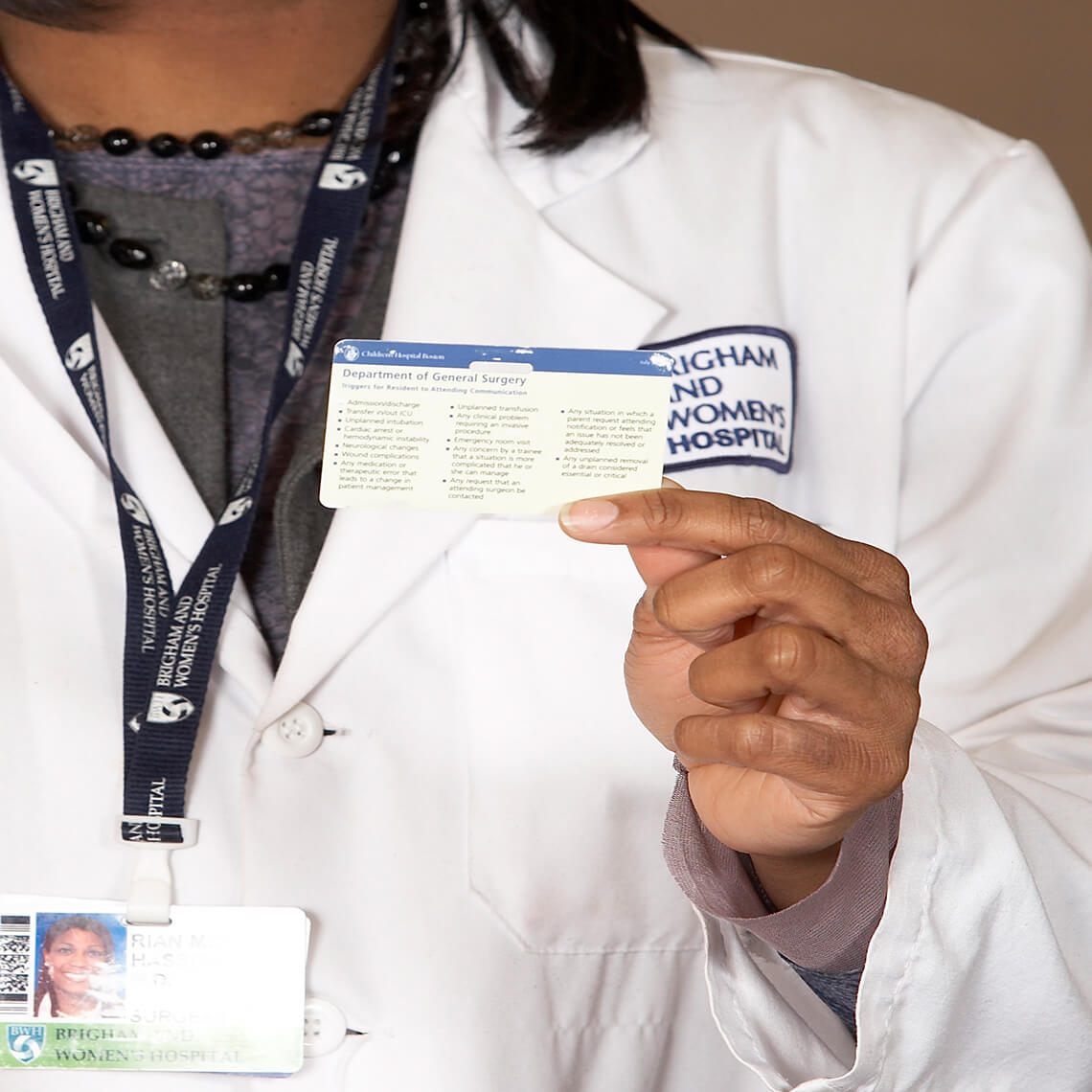Blog Post
Improving Root Cause Analyses
On June 16th, the National Patient Safety Foundation (NPSF) issued guidelines intended to improve the investigations of and responses to adverse events, near misses, and medical errors. The report, “RCA2: Improving Root Cause Analyses and Actions to Prevent Harm,” was written with input from professionals across the spectrums of health care and patient safety. Dr. Tejal Gandhi, president and chief executive officer of NPSF, said,
“ We wanted to help those in the field improve their processes with a standardized approach and with the ultimate goal of preventing harm. ”
The second ‘A' of RCA2 stands for action. As Dr. James Bagian notes, a major aim of this report is help providers “identify and implement sustainable, systems-based actions to improve the safety of care.” The new methodology expands the focal point of the root cause analysis process from identification of causal factors to a strategic, integrated, and standardized approach to responding to an adverse event or near miss. As Carol Keohane, MS, RN assistant vice president, Patient Safety at CRICO, a member of the subject-matter expert panel, states:
“ This is an important body of work that will help our organizations standardize the approach towards performing an RCA. Additionally, this tool will help organizations learn to identify the causative factors that contribute to safety events with a goal towards developing actionable improvement strategies to mitigate the risks associated with patient harm.”
NSPF will be hosting a free, open webcast on the RCA2 report on July 15th, 1:00PM Eastern Daylight Time.
Related Blog Posts
Investing in Patient Safety


Mind the Gaps: Learning How to Avoid Miscommunication Pitfalls
January Safety Salute | MedStar Health Creating a Just Culture

